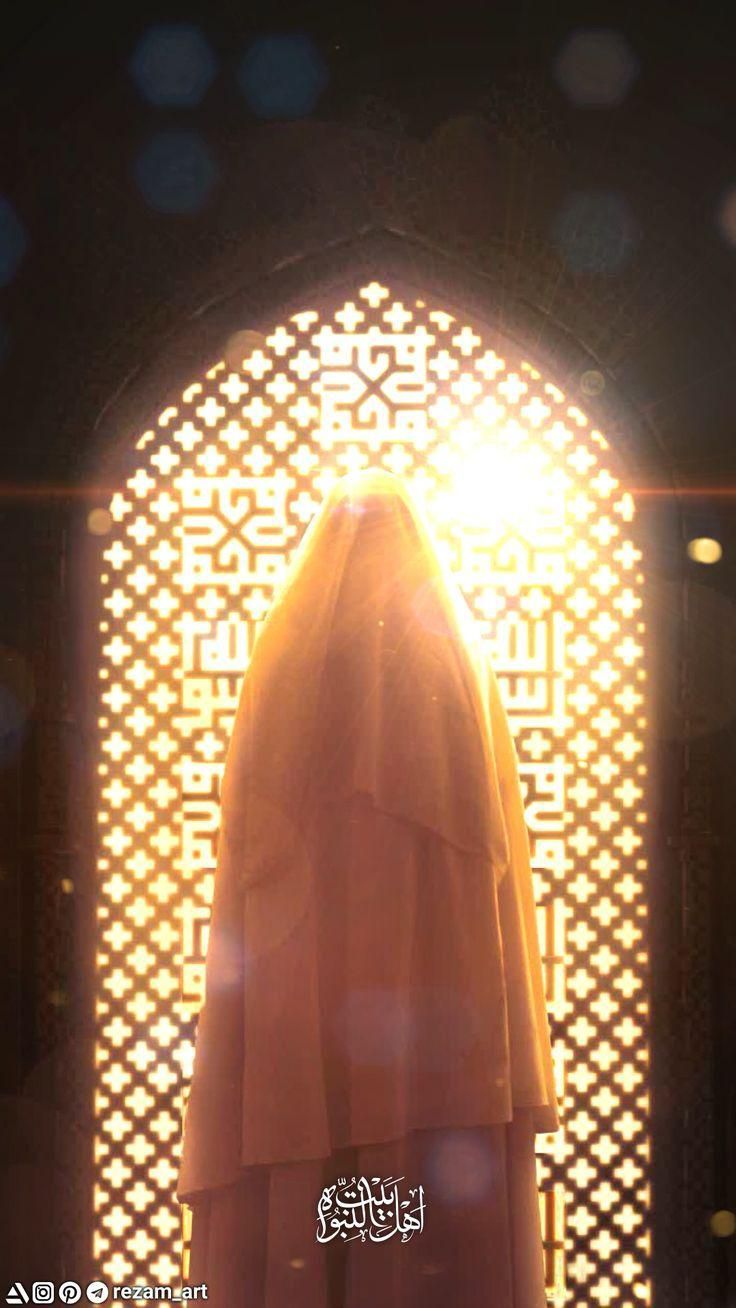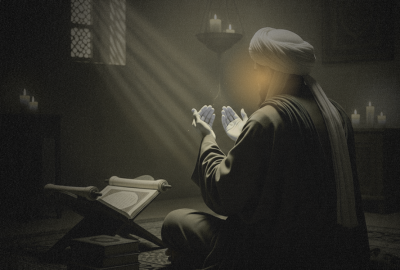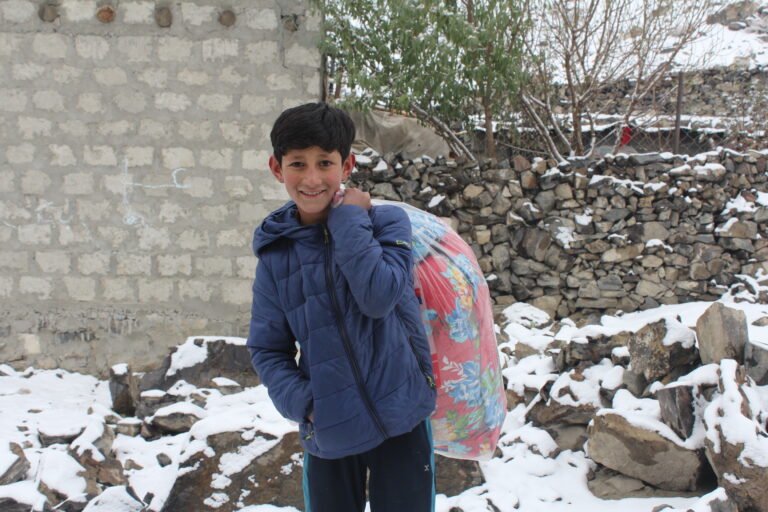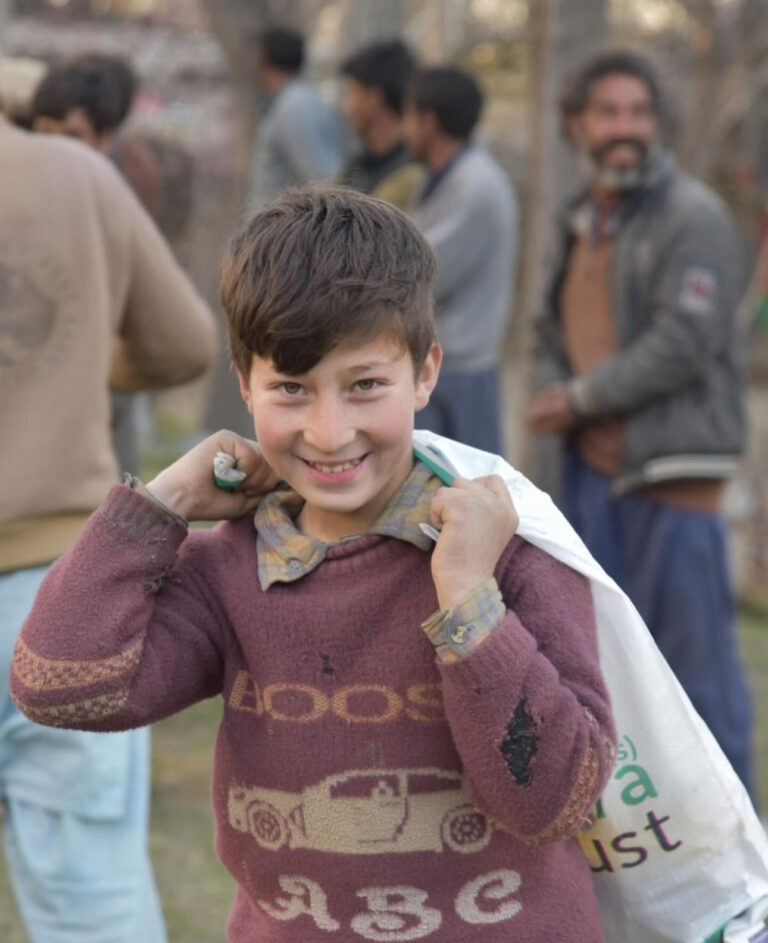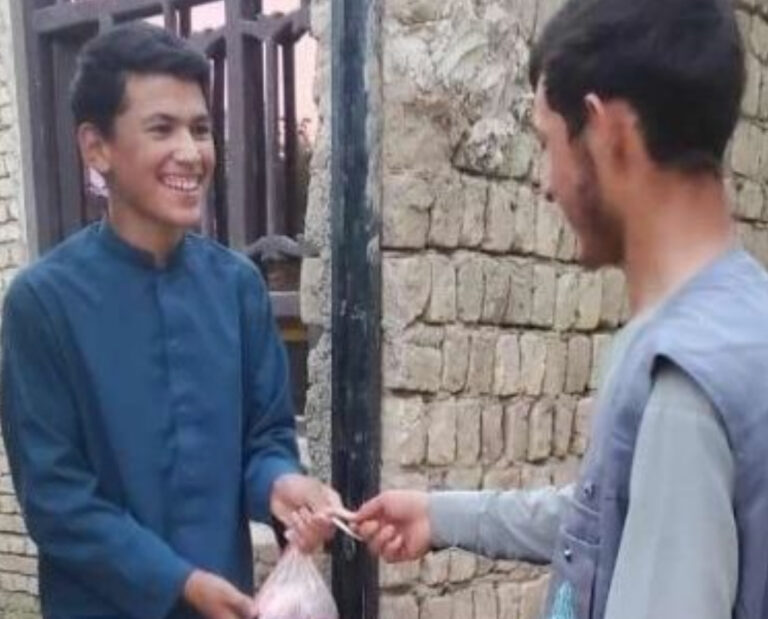Sayyida Khadija (sa): A Symbol of Strength, Faith, and Devotion
Lady Khadija (sa), the first wife of Prophet Muhammad (saww), remains one of the most remarkable and influential figures in Islamic history.
Revered as Umm Al-Mumineen (Mother of the Believers), she was the first woman to accept Islam and remained steadfast in her love and support for the Prophet throughout her life.
Early Life and Marriage
Sayyida Khadija (sa) is believed to have been born approximately 15 years before Am al-Fil (around 555 AD) in Mecca to her parents, Khuwaylid ibn Asad ibn Abd al-Uzza and Fatima bint Za’ida.
Although little is known about her early years compared to other historical figures, it is well-documented that Lady Khadija (sa) was an esteemed merchant of considerable wealth. She employed many people under her leadership and was highly regarded for her business success.
Ibn Sayyid al-Nas describes her as “a woman of dignity and wisdom, blessed by God. Though her lineage was of moderate standing, her achievements and noble character elevated her status.”
Her union with Prophet Muhammad (saww) marked the beginning of a partnership that would inspire generations. Initially, their connection was through business, as she recognized his honesty and integrity, eventually entrusting him with her wealth.
Following the Prophet’s trade journey to Syria, where his trustworthiness and upright character were further affirmed, it is said that Lady Khadija (sa) proposed marriage. She was his first wife, and he remained devoted to her, never marrying another woman during her lifetime.
Influence on the Spread of Islam
Lady Khadija (sa) played a pivotal role in the early days of Islam, offering both moral and financial support to Prophet Muhammad (saww) and the emerging Muslim community.
The Quran references this divine provision: “Did He not find you needy and enrich you?” [93:8]. Additionally, the Prophet himself is reported to have said: “No wealth benefited me as much as that of Khadija” [Majlisī, Biḥār al-anwār, vol. 19, p. 63].
Her wealth was used to aid the less fortunate, care for orphans, settle debts, and support causes deeply connected to Islamic teachings.
Describing her impact, Prophet Muhammad (saww) once said: “Allah did not grant me a better companion than her; she believed in me when others rejected me, she supported me with her wealth when others denied me, and through her, Allah blessed me with children” [Al-Shaykh al-Mufid, al-Ifsah, p. 217].
Lady Khadija (sa) passed away in 4 BH (619 AD). It is narrated that Prophet Muhammad (saww) lovingly enshrouded her in his own cloak, followed by a heavenly shroud from Paradise, before laying her to rest in Al-Ma’lat Cemetery near Mount Al-Hajun.
Enduring Legacy and Connection to Ahlul Bayt
Sayyida Khadija’s (sa) unwavering faith and dedication continue to resonate in the hearts of Muslims worldwide. She is remembered not only for her generosity but also for the strength she embodied.
Her daughter, Lady Fatima (sa), carried forward the virtues of both her parents, becoming a central figure in the lineage of Ahlul Bayt. Through her nurturing and sacrifice, Lady Khadija (sa) ensured that the message of Islam endured beyond her time.
At The Zahra Trust, we strive to uphold the values of Sayyida Khadija (sa) through acts of charity and service to those in need. To learn more about our work and how you can contribute, click here.
